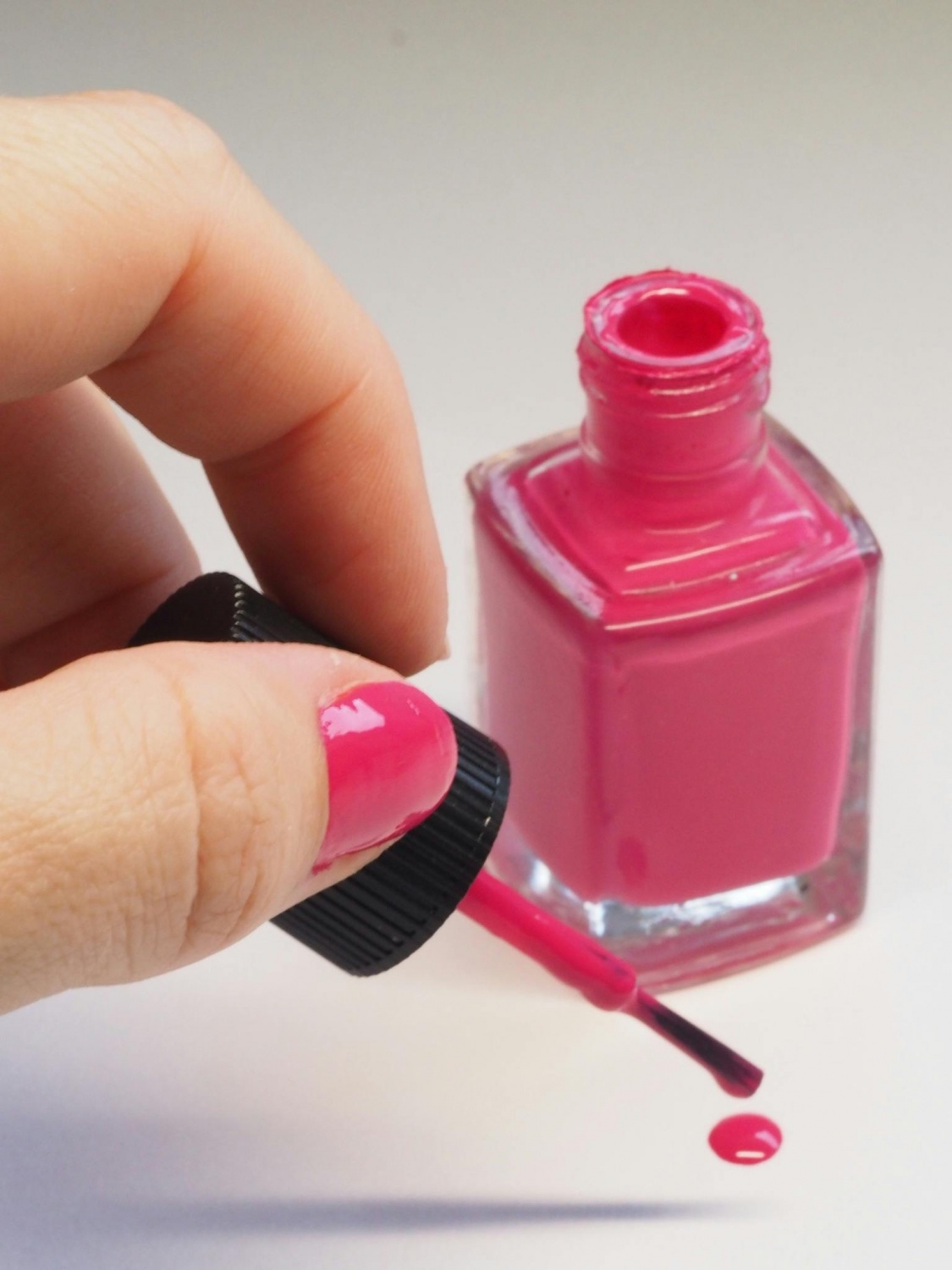 Credit : Jess Bailey Designs/ Pexels
Credit : Jess Bailey Designs/ Pexels If you're interested in the world of nail polish, you've probably seen the terms 12-free, 10-free, 7-free, 3-free, and more thrown around, but you might not understand what they mean.
The term 12-free means the polishes are free of 12 ingredients that are potentially harmful to people. We will say that some ingredients might be different from the ones in this list because some companies have different standards for 12-free products, but we opted to show you the most common ones.
Let's break it down what 3-free, 7-free, 10-free, and 12-free mean.
3-Free
Something labeled 3-free means it is typically free of the following three ingredients: dibutyl phthalate, toluene, and formaldehyde.
Non Toxic Revolution noted that dibutyl phthalate is linked to issues with hormones, reproductive issues, diabetes, and thyroid concerns. According to Esmio Australia, this ingredient was used in nail polishes to help with flexibility and reduce the risk of chipping.
Toluene is a common scent in nail polish and helps distribute color pigments, Esmio Australia said. This ingredient has a wide range of effects, but the most common issues it is associated with are nervous system damage, eye irritation, and kidney damage.
The last ingredient in the 3-free is formaldehyde, which you're probably familiar with. Commonly used in gel nail polish for hardening, this ingredient is a known carcinogen. Some other issues it can cause are irritation and allergic reactions.
7-Free
The 7-free category includes the three ingredients mentioned above, along with, according to Coteshop, formaldehyde resin, camphor, ethyl tosylamide, and xylene.
Formaldehyde resin is an ingredient used as a nail-hardening and thickening agent. Its effects can include skin irritation and redness.
Esmio Australia said synthetic camphor is used for a glossy finish, but the effects of this ingredient can be dangerous. Coteshop added that it can strip your nails of nutrients. Camphor can cause disorientation, nausea, dizziness, headaches, and, in more severe cases, seizures.
According to Coteshop, ethyl tosylamide is actually banned in Europe. It can help polish stick to your nails and extend your manicure's wear, but it can also cause severe allergic reactions.
Xylene is used in polishes to make them less clumpy and give them a strong scent. Due to its fumes, it can cause headaches and lightheadedness and can potentially cause issues to your liver, kidneys, liver, and renal systems.
10-Free
Along with the seven already mentioned, the additional ingredients in the 10-free category are parabens, triphenyl phosphate, and gluten.
Parabens is a word tossed around in the beauty world quite a bit, and for a good reason. These are preservatives linked to various types of cancer and issues with the hormonal system.
Triphenyl phosphate is used to help polish flexibility. Coteshop noted that exposure to this can affect your reproductive systems and your metabolism.
According to Coteshop, gluten can cause severe allergic reactions. This issue is often debated, so the 12-free will include an additional item.
12-Free
The final three chemicals that complete the 12-free category are fragrances, phthalates, and hydroxyethyl methacrylate (HEMA).
Fragrances in polish can cause different types of skin irritation, which is why they've earned their place on this list.
Phthalates like parabens are often discussed in the beauty space as harmful ingredients. This chemical helps with flexibility when it comes to polishes, but it is now associated with various types of cancer.
Long-term exposure to HEMA can cause irritation and allergic reactions.

